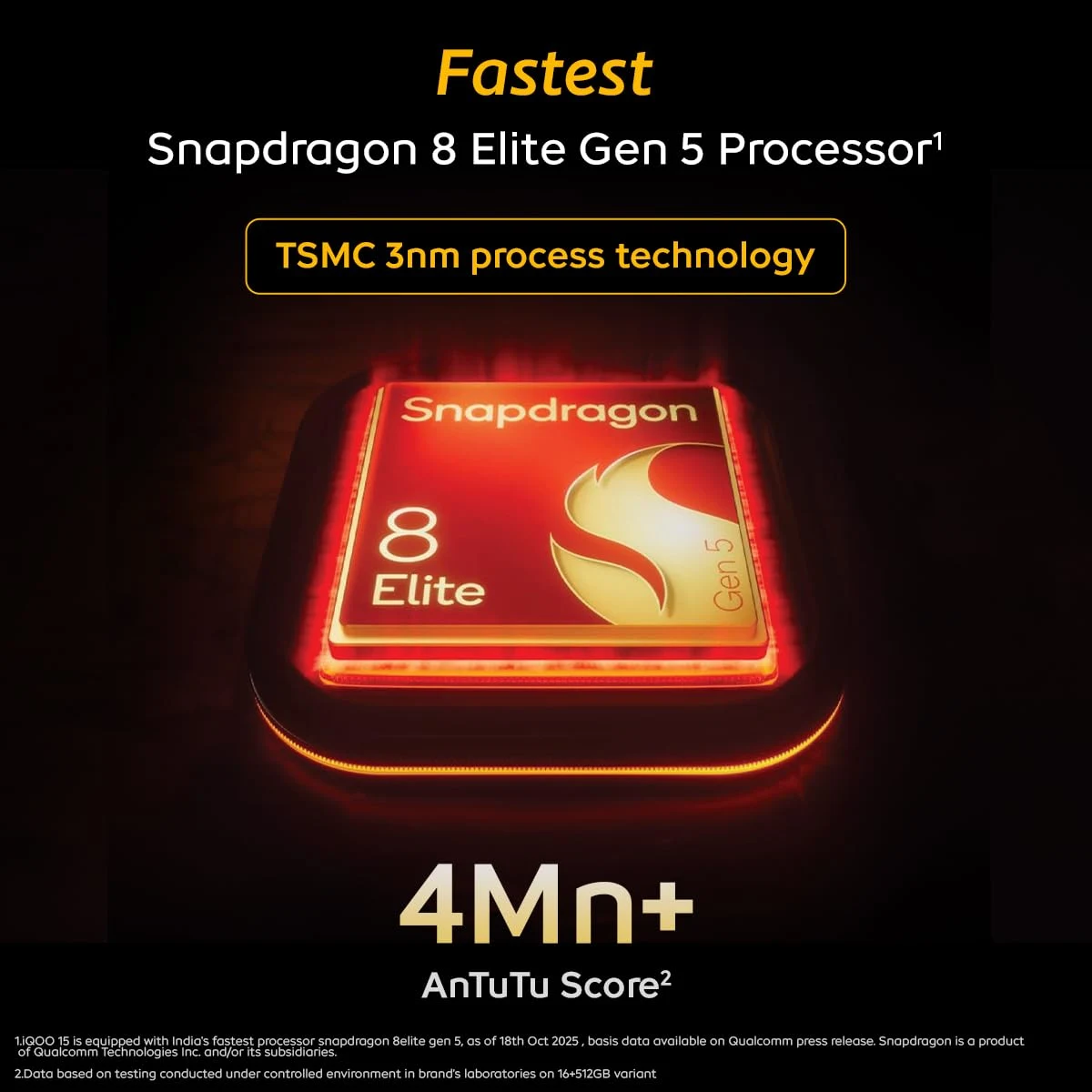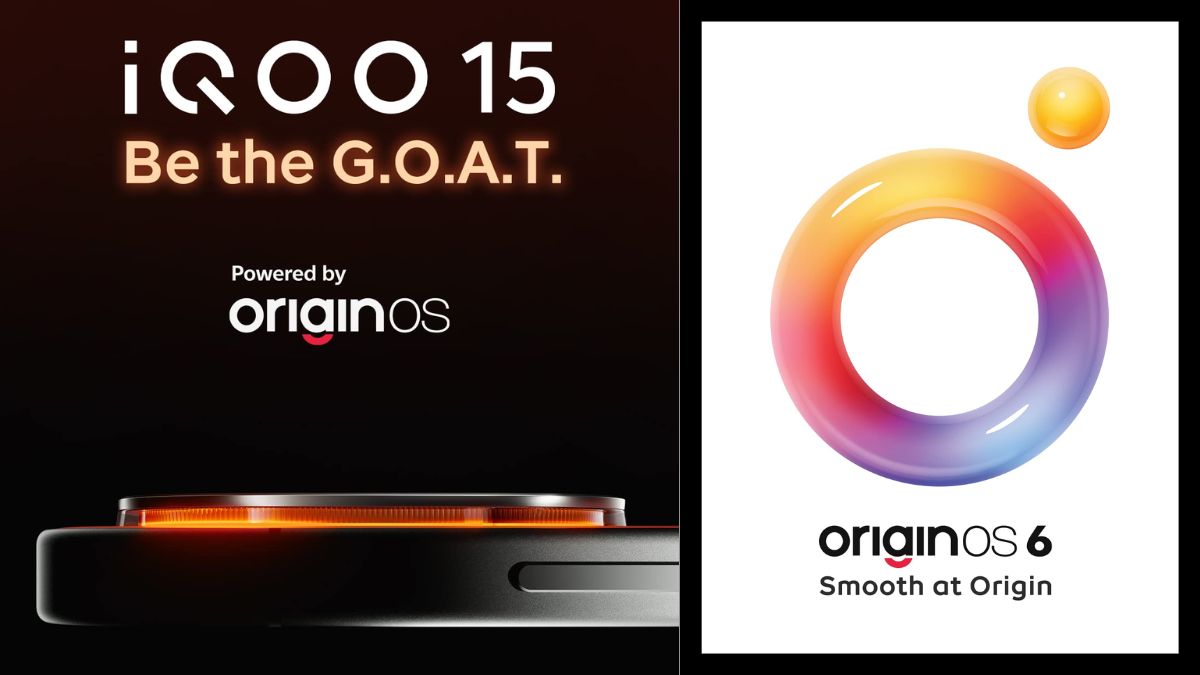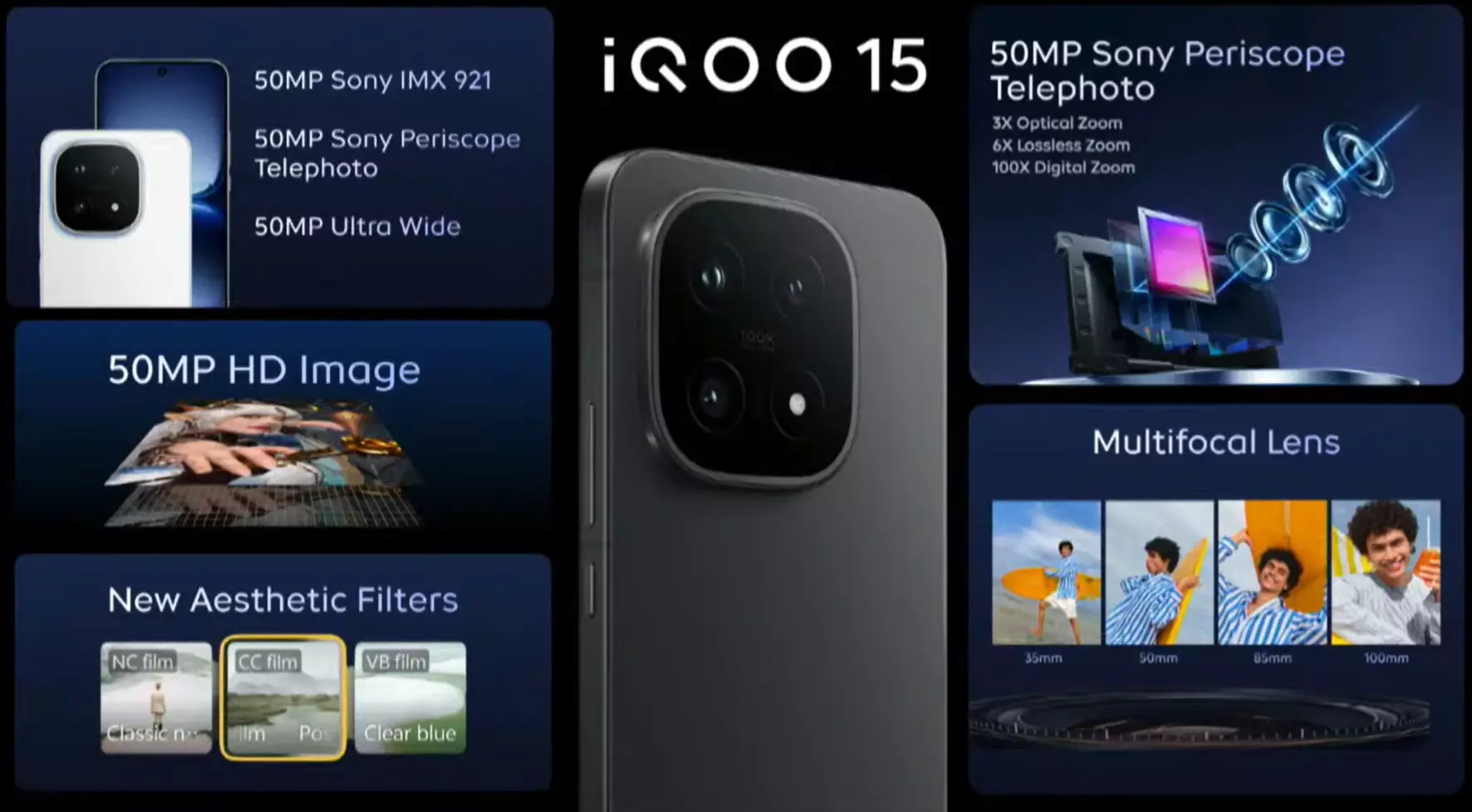The Vivo X300 Pro is one of those rare devices that immediately tells you what it has been created for. The moment you hold it, the gigantic camera module dominates your visual and physical experience, almost making the rest of the phone feel secondary. Vivo has spent years polishing its camera philosophy, but with the X300 Pro, the company seems to have crossed a line—one where the smartphone is simply the supporting hardware for a professional-grade imaging system. And for anyone who cares about photography, this is a phone that feels almost unreal.
Design & In-Hand Feel

There is no attempt to hide the fact that this device is built around its camera. The bump is huge, the weight is substantial, and the overall footprint immediately reminds you of handling a compact camera rather than a slim flagship. The flat aluminum frame adds a clean, confident look that suits the character of this phone, while the fiberglass back delivers a premium finish that is surprisingly comfortable to hold. Even though it weighs around 230 grams, the balance is surprisingly well managed, and the fit in hand feels reassuring.
The shortcut key on the left side is a welcome addition and quickly becomes a natural part of the way you interact with the phone. It is a thoughtful inclusion, and its customisable action makes the phone feel more personal. The entire structure is protected with IP68 and IP69 ratings, ensuring the durability lives up to the flagship promise.
Display & Multimedia Experience

The 6.78-inch LTPO AMOLED panel continues Vivo’s trend of delivering consistently excellent displays. The reduction in bezel thickness gives the X300 Pro a far more modern aesthetic, opening up the screen and creating an immersive front face that almost disappears in bright environments.
The display is capable of touching 2000 nits in high brightness mode and up to 4500 nits peak, which makes it genuinely usable under harsh outdoor sunlight—something you appreciate instantly when shooting wildlife or portraits outside. The fluidity of LTPO ensures the refresh rate drops and rises subtly based on what you’re viewing, and the combination of HDR, Dolby Vision support and the deep contrast of AMOLED makes media consumption genuinely cinematic.
Performance & Daily Use

The choice of the Dimensity 9500 feels perfect for what this phone aims to be. It is efficient, unusually stable, and powerful enough to handle heavy imaging tasks without thermal discomfort. Benchmarks consistently place it among the top-performing chipsets of the year, but the real magic is how well it holds performance during demanding workloads.
Long 4K shooting sessions, continuous camera use, editing photos, or running games all feel smooth, and the phone rarely heats up in a way that affects performance. The 16GB LPDDR5X RAM and UFS 4.1 storage further elevate the experience, especially when dealing with hundreds or thousands of photos. Even with over 2,000 shots stored, the gallery remains responsive, which says a lot about Vivo’s storage optimization.
Battery Life & Charging

Despite the massive camera housing taking up internal space, Vivo still fits a 6510 mAh battery inside the X300 Pro.
This is impressive on its own, but what stands out is the endurance. Even with heavy camera use, bright outdoor displays, and prolonged 4K recording sessions, the phone comfortably lasts a full day. The included 90W charger brings it up quickly, and 40W wireless charging gives it added convenience. Bypass charging is especially useful for gaming or long shooting sessions where heat management becomes crucial.
Software & User Experience

OriginOS 6 marks a turning point for Vivo’s software identity. It feels cleaner, more refined, and finally flagship-ready. It eliminates many of the complaints people had about past Vivo devices and instead introduces a UI that feels modern, expressive and genuinely helpful.
The animations are fluid, the design language feels intentional, and features like Origin Island, Office Kit and AI-powered utilities add real value rather than simply filling the settings page with clutter. Setting up the ultrasonic fingerprint sensor is also a refreshing experience—you simply rub your thumb instead of tapping repeatedly, and the result is a dramatically faster and more reliable unlock experience.
Camera Performance – The Heart of the Vivo X300 Pro
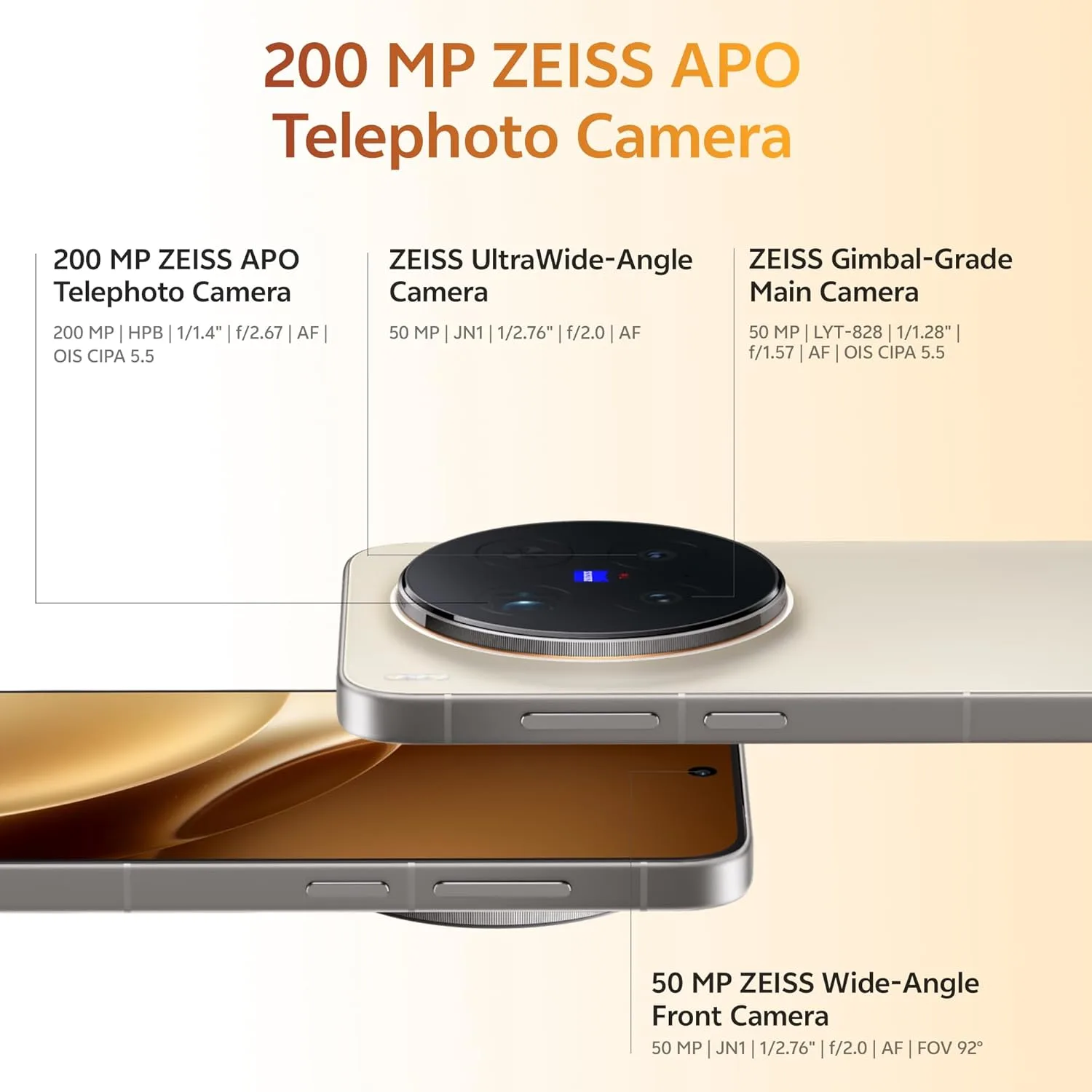
This is the part of the review where everything else fades away. The Vivo X300 Pro is a masterpiece of smartphone imaging, built around a triple-camera system enhanced by the VS1 and VS3+ imaging chips. These chips handle real-time and post-processing tasks separately, ensuring that while the processor focuses on performance, the imaging pipeline has its own dedicated hardware for detail, dynamic range, colour science and HDR management.
The main 50MP sensor, based on the Sony LYT 828, offers exceptional dynamic range and cleaner tones than its predecessor. The 200MP telephoto lens, however, is the star of the show. Vivo’s optimization adds layers of clarity and stability rarely seen in smartphone zoom systems. Even at high zoom levels, the stabilization remains steady enough to shoot handheld video and still get usable footage—something that simply shouldn’t be possible at 15x, 20x or beyond.
With the optional 2.35x telephoto extender, the experience shifts into a new dimension. Suddenly the phone behaves like a proper telephoto camera, capturing wildlife, birds, action shots and distant subjects with remarkable detail. The extender unlocks focal lengths up to 200mm optically and astonishing levels through hybrid zoom. Some wildlife footage captured with this setup looks indistinguishable from shots taken with a dedicated camera.

Portraits are equally impressive. Vivo has refined its colour science to deliver more natural tones, accurate warmth, and precise detail. The combination of Zeiss portrait modes and the dedicated imaging chips results in images that often look professionally edited straight out of the camera. Night portraits manage to retain texture and warmth without blowing out highlights or drowning shadows. In many ways, this is the first phone that truly feels capable of replacing a DSLR for casual and even semi-professional photography.
Final Verdict
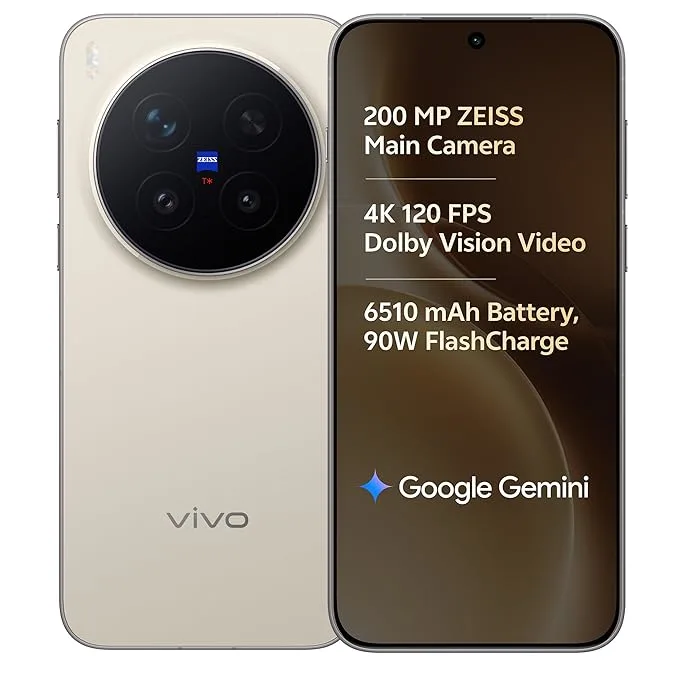
The Vivo X300 Pro starts at ₹1,09,999 for the 16GB/512GB variant, and while the pricing sits at a premium, the experience largely justifies it.
This is not a typical flagship and shouldn’t be compared to one. It is designed for users who want a professional-grade camera system in their pocket, supported by strong performance, long battery life, and the best software Vivo has ever shipped. After days of using it in real-world scenarios, from travel to wildlife photography, the phone consistently delivered results that felt beyond what a smartphone should be capable of.
If you value photography above all else—portraits, wildlife, telephoto, stability, or cinematic video—the Vivo X300 Pro is the best camera phone available today. It is not just an upgrade over the X200 series; it is a complete evolution. And for the first time, a smartphone camera system feels less like a compromise and more like a genuine replacement for traditional cameras.
Read More-
M5 MacBook Pro review: exceptional performance leap or minor upgrade?
M5 iPad Pro review: hands-on testing and M4 upgrade check
ChatGPT Go free in India — OpenAI’s biggest expansion for Indian users in 2025
Redmi K90 Pro Max Launched: The Ultimate Value Flagship of 2025?
iPhone 17 Review: Smarter, Sleeker, Stronger
iPhone 17 Pro Max – The Most Powerful iPhone Yet
Best 5 Camera Phones in India for Stunning Photos (2025) – Full Reviews


